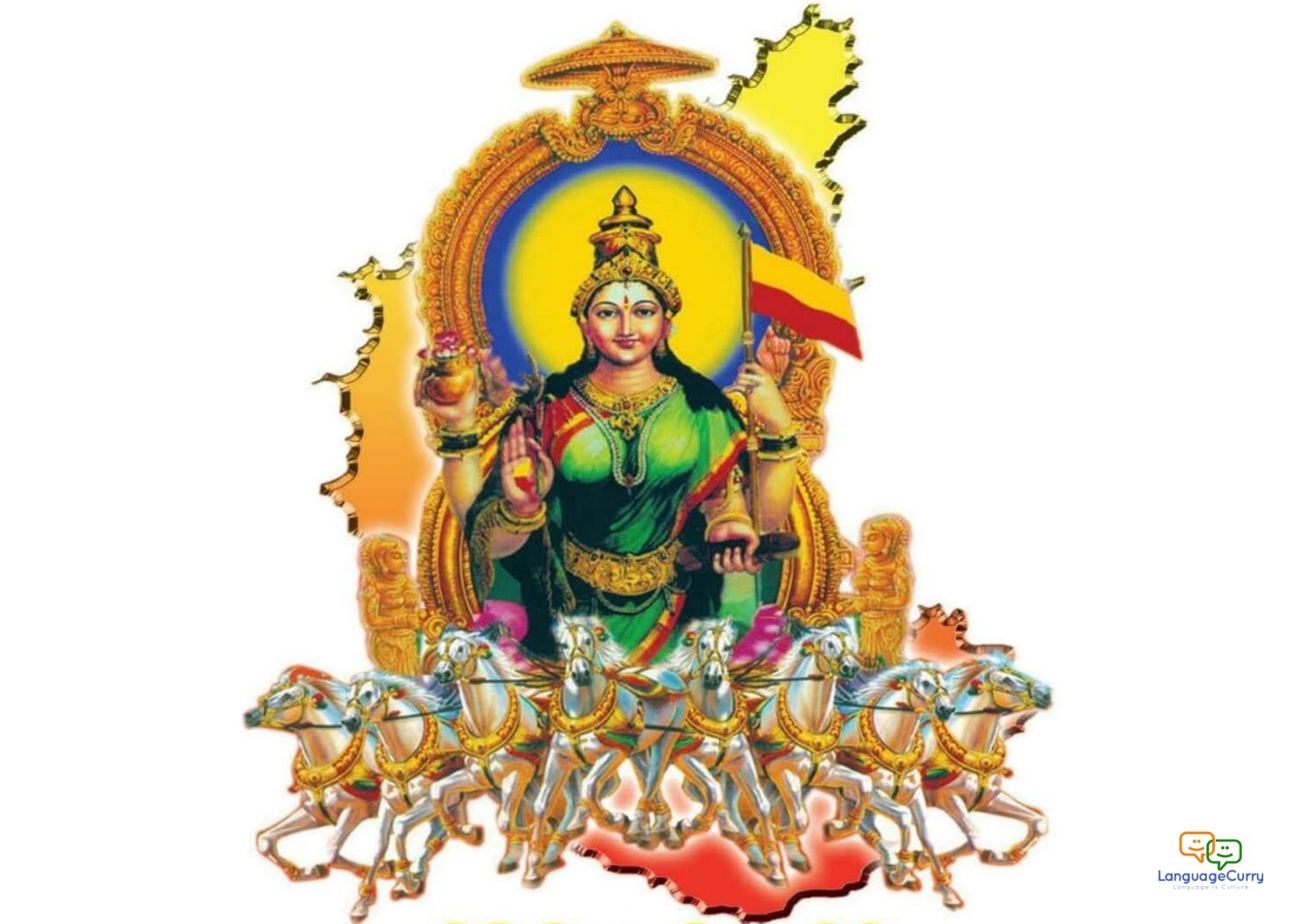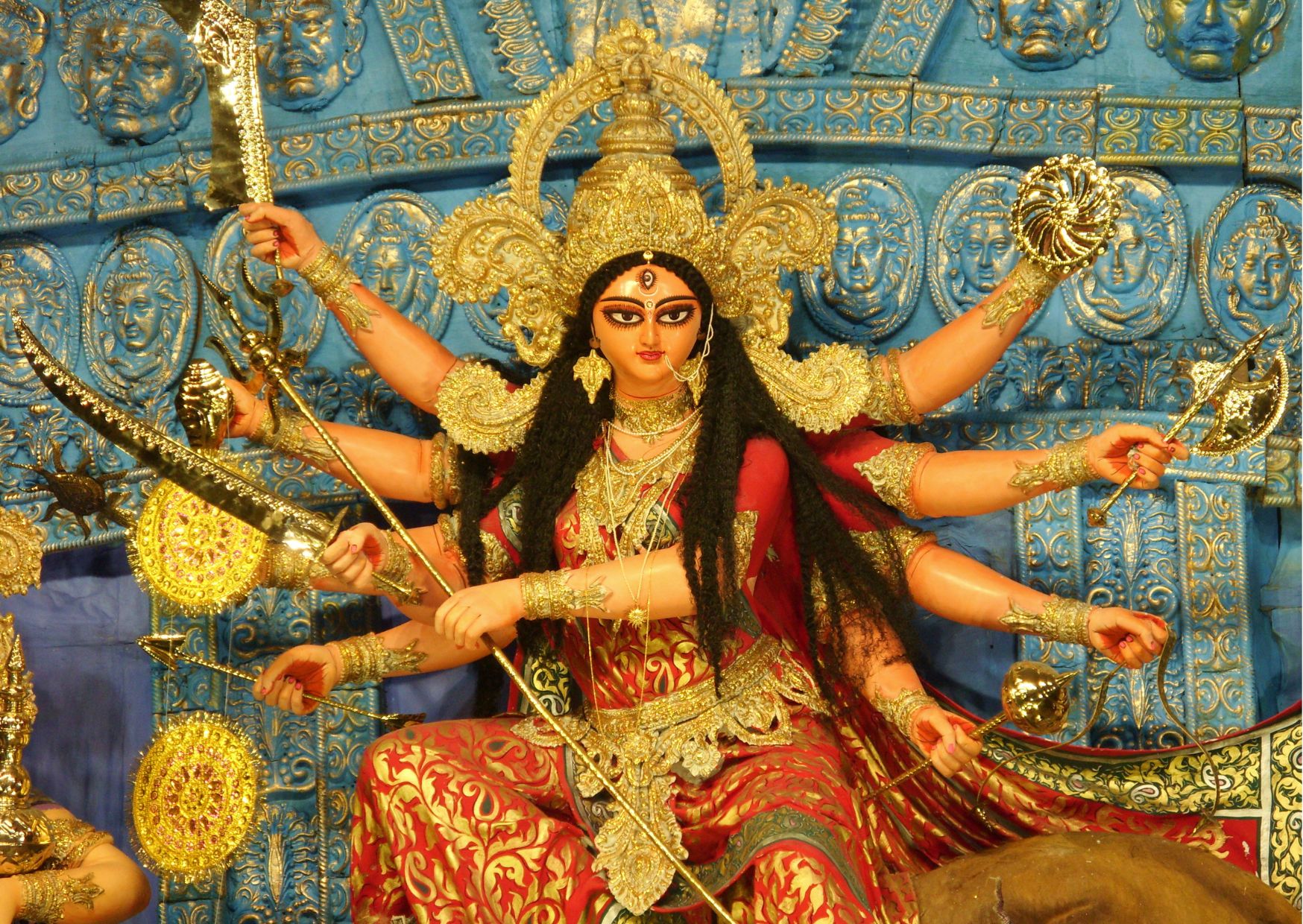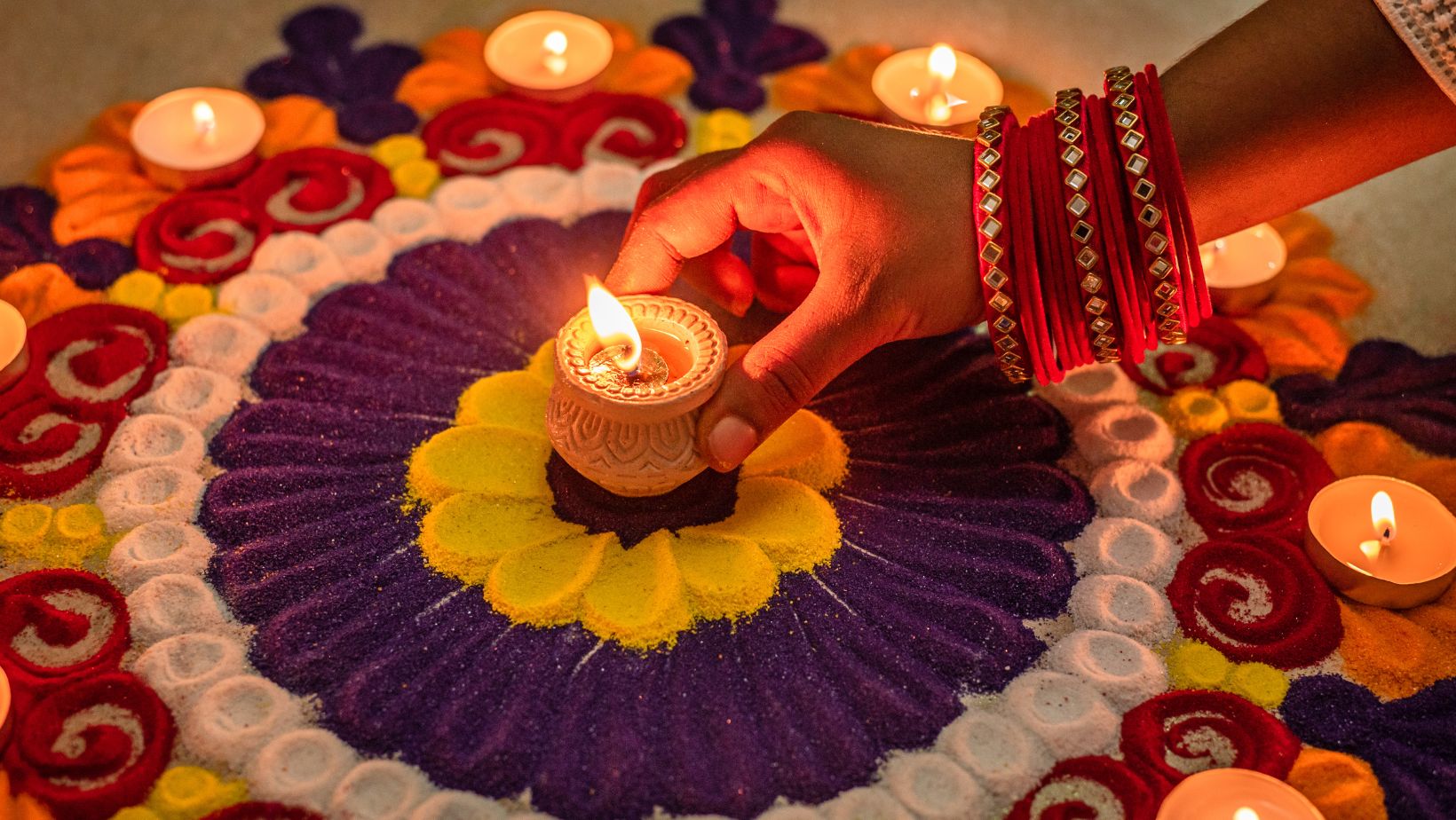Kannada: brief introduction to history, antiquity and literature
The ancient Kannada language, spoken by about 40 million people worldwide has an interesting history and exceptionally rich literature
Formation of Karnataka
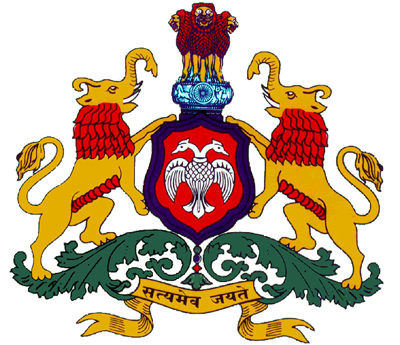
India got its freedom from its colonial rulers on 15th of August 1947 and became a republic on 26th January 1950. However, federal states as we know them and see them today were not all formed on that day or immediately after. Some of the states were formed, based on the predominant language spoken in those regions, later in the evolution of the young republic. Karnataka was one of the states that was formed on linguistic basis on 1st November 1956 with Bangalore, now Bengaluru, as its political capital. You would be mistaken to think the official language of the region, Kannada, unlike the newly formed political federal state, lacks antiquity. In fact, the region itself boasts of native kingdoms and rulers going back to early first half of the first millennium. But that’s another write-up for another time. I want to introduce you to several interesting facts about Kannada language in this blog post.
An introduction to Kannada language
First off, the language is called and pronounced as [kah-nuh-duh, kan-uh-]1 and written as ಕನ್ನಡ. Of course, like many Indian languages, Kannada also has its own script. It has been derived from Brahmi script and there are 52 letters in the alphabet. As an aside, word endings in Kannada normally have a full vowel sound whereas in Hindi many words end with half-vowel sounds and that’s where the confusion of pronouncing its name stems from.
Antiquity of Kannada
To know the antiquity of the language, one of the palm-leaf manuscripts, thought to belong to the fourth century before current era (4 BCE), has been found that uses a Kannada word.
A few Kannada sentences have found their way to Greece and made a mark to be found in a second century (2 CE) Greek play named ‘Charition Mime’ too.
One of the earliest known dictionaries of Kannada - English was produced in 1894 by Reverend Ferdinand Kittel, who came to India from Germany and whose grave can be found in Tübingen, a town near Stuttgart.
Kannada Literature
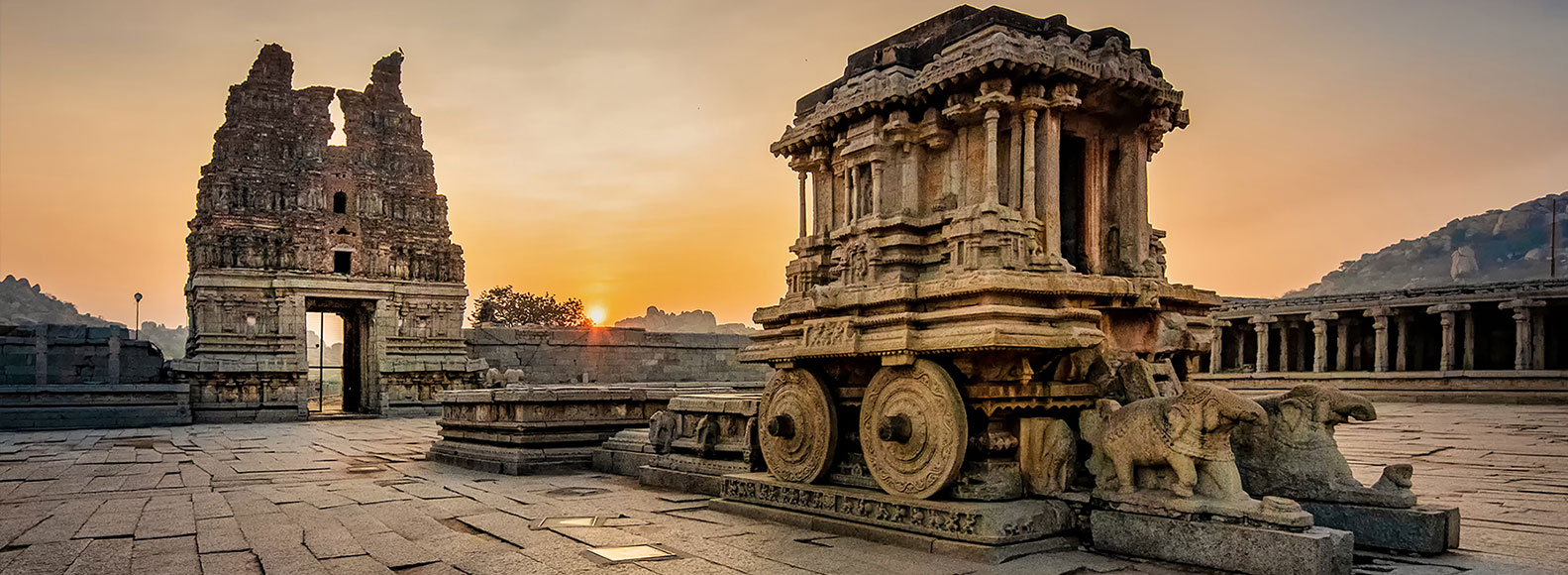
The tradition of producing complete literature in Kannada language goes back to at least between eight and ninth century (8-9 CE). However, the earliest inscription found in the village Halmidi dates to 450 CE. There has been a long list of authors who have enriched the language since earliest times.
‘Kaviraajamaarga’ (ಕವಿರಾಜಮಾರ್ಗ) was written in the ninth century (circa 808 – 880 CE) by Srivijaya (ಶ್ರೀವಿಜಯ) in the praise of his patron Nrupatunga (ನೃಪತುಂಗ) - king of Raashtrakoota dynasty. Its poetry is said to be a commentary on the earlier work ‘Kaavydarsha’ (ಕಾವ್ಯದರ್ಶ) written between sixth and seventh century (6-7 CE) by Dandi (ದಂಡಿ).
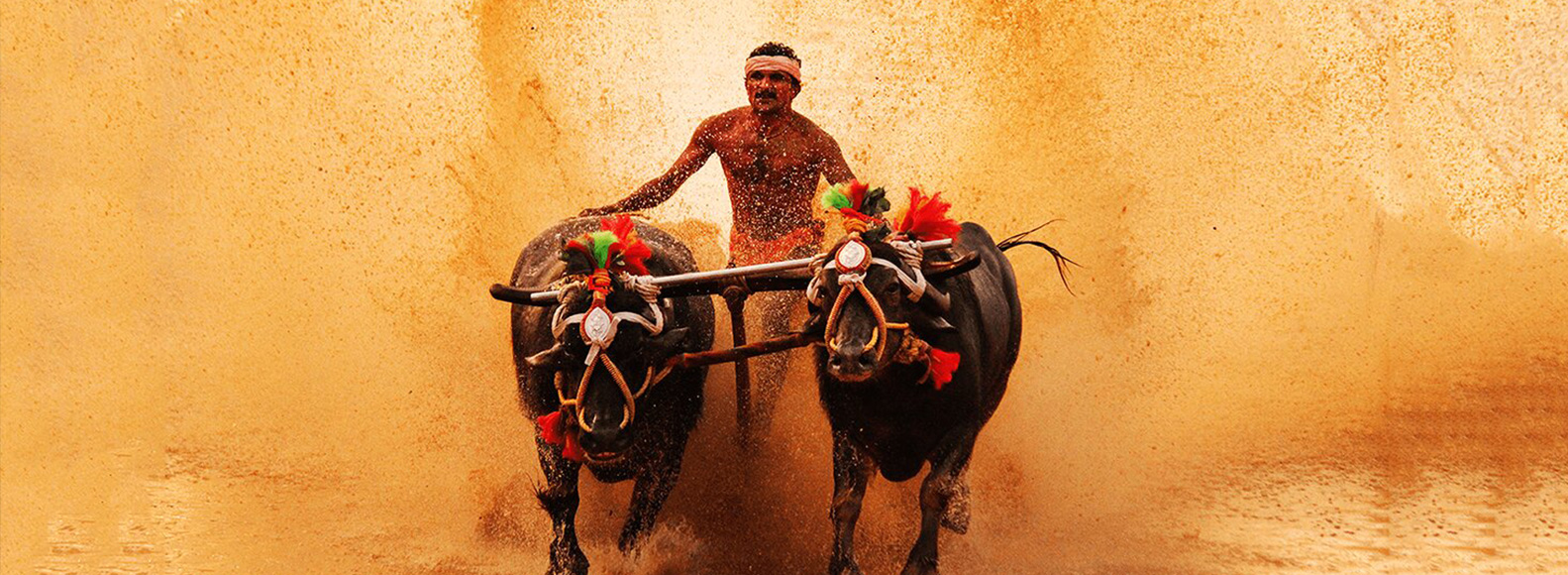
Influence of Sanskrit in Kannada literature
Between seventh and eleventh centuries (7-11 CE) many dynasties and kingdoms like Calukyas (ಚಾಲುಕ್ಯರು), Pallavas (ಪಲ್ಲವರು), Raashtrakootas (ರಾಷ್ಟ್ರಕೂಟರು) and Gangas (ಗಂಗರು) patronised great litterateurs and poets encouraging them to produce literature mostly focused on valiant stories and during later years of the period the works were created either with ideas borrowed from Sanskrit epics or were based on the life and times of Jain saints. This is the period when Kannada was strongly influenced by Sanskrit both in terms of its structure and grammar as well as words and phraseology.
Later between fourteenth and twentieth centuries (14-20 CE) kingdoms like Vijayanagara (ವಿಜಯನಗರ), Wadiyar (ಒಡೆಯರ್) and various Nayakas (ನಾಯಕರು) also encouraged others and, while themselves being good poets and writers, helped make the language a literary goldmine. The influence of Sanskrit lasted well into the better part of the twentieth century (20 CE).
Literary awards won by Kannada literature
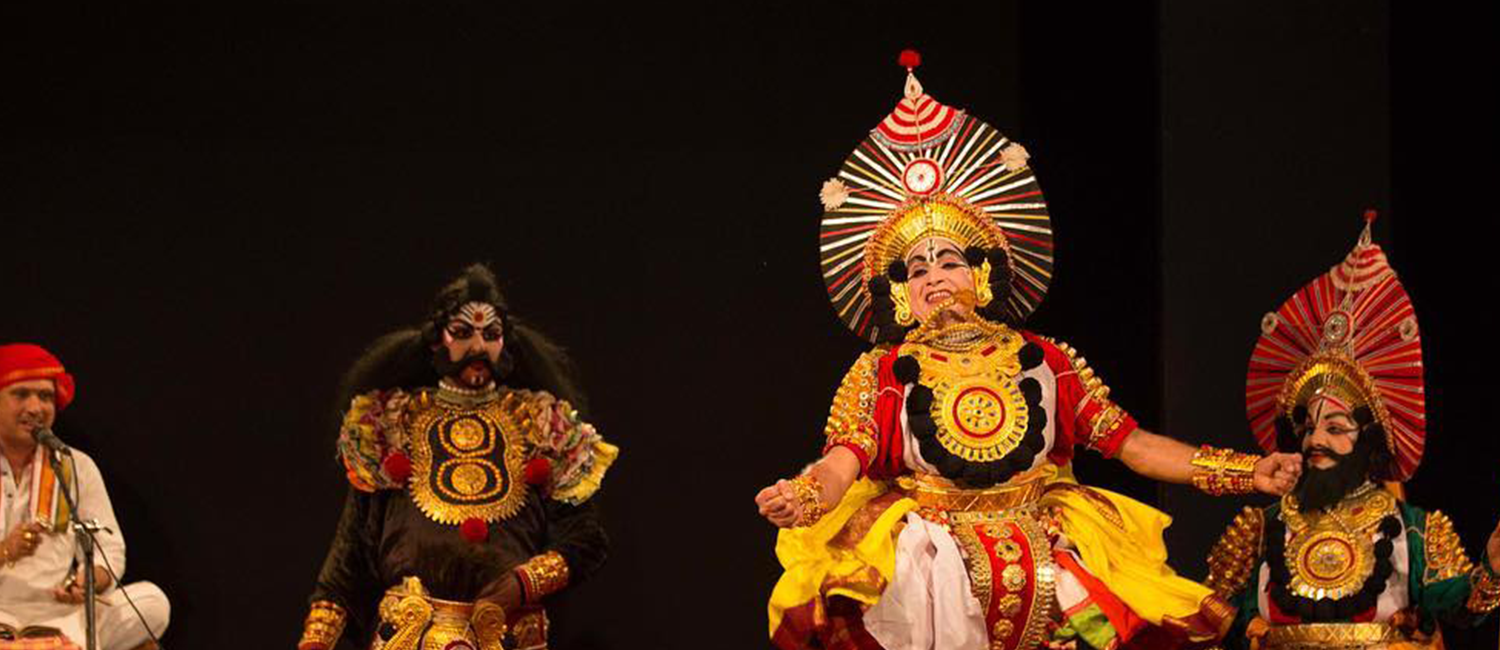
During the intervening period between ninth and twentieth centuries Kannada as a language has undergone many changes in style, words, phraseology and grammar due to cultural as well as political influences during that period. The language has taken various forms and styles until now and they can be mainly classified as old Kannada, middle Kannada and modern Kannada.
As a testament to the richness of the literature produced in the language, Kannada literature and its authors have been honoured the most, 8 times until now, with Jnanapeetha Awards, making it the recipient of the highest number of awards among all the regional languages.
For a comprehensive understanding of the language, one needs to spend a lot more time reading up the hoary past of the land that we today know as Karnataka. I hope this short tour into the past of the language gives as peek at the tip of the linguistic iceberg we lovingly call as Kannada.

